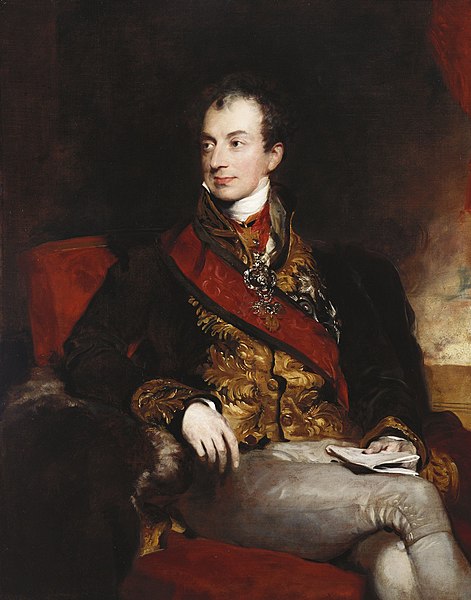German revolutions of 1848–1849
The German revolutions of 1848–1849, the opening phase of which was also called the March Revolution, were initially part of the Revolutions of 1848 that broke out in many European countries. They were a series of loosely coordinated protests and rebellions in the states of the German Confederation, including the Austrian Empire. The revolutions, which stressed pan-Germanism, demonstrated popular discontent with the traditional, largely autocratic political structure of the thirty-nine independent states of the Confederation that inherited the German territory of the former Holy Roman Empire after its dismantlement as a result of the Napoleonic Wars. This process began in the mid-1840s.
Origin of the Flag of Germany: Cheering revolutionaries in Berlin, on 19 March 1848
The painting Germania, possibly by Philipp Veit, hung inside the Frankfurt parliament, the first national parliament in German history
Vienna Uprising, October 1848
The Battle of Kirchheimbolanden, 14 June 1849
The German Confederation was an association of 39 predominantly German-speaking sovereign states in Central Europe. It was created by the Congress of Vienna in 1815 as a replacement of the former Holy Roman Empire, which had been dissolved in 1806 in reaction to the Napoleonic Wars.
Frontispiece of the Acts of the Congress of Vienna
Monarchs of the member states of the German Confederation (with the exception of the Prussian king) meeting at Frankfurt in 1863
Austrian chancellor and foreign minister Klemens von Metternich dominated the German Confederation from 1815 until 1848.
The University of Berlin in 1850








